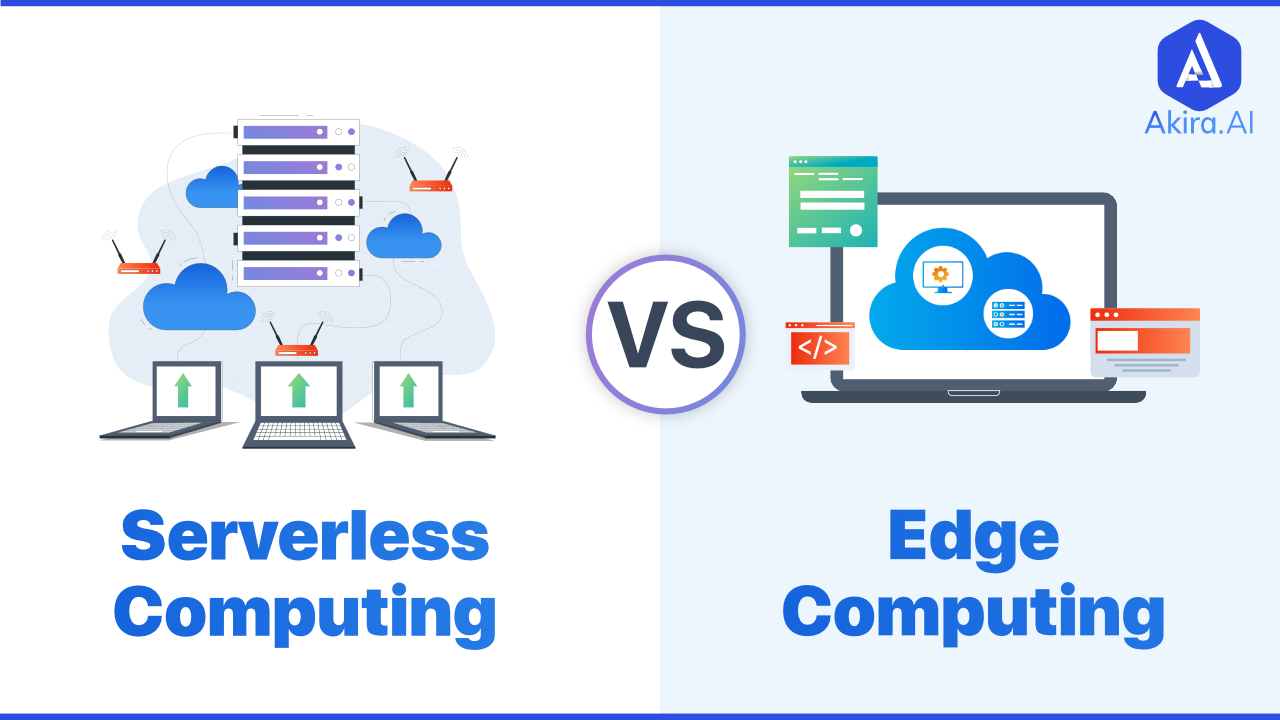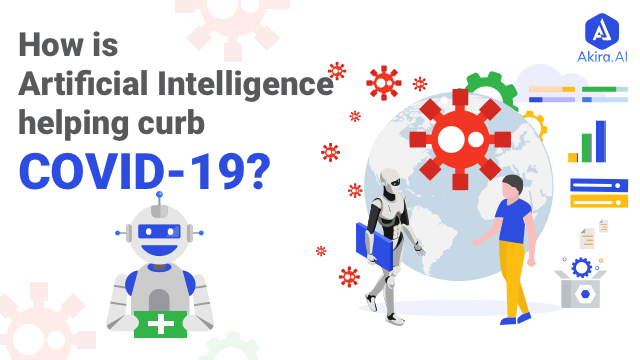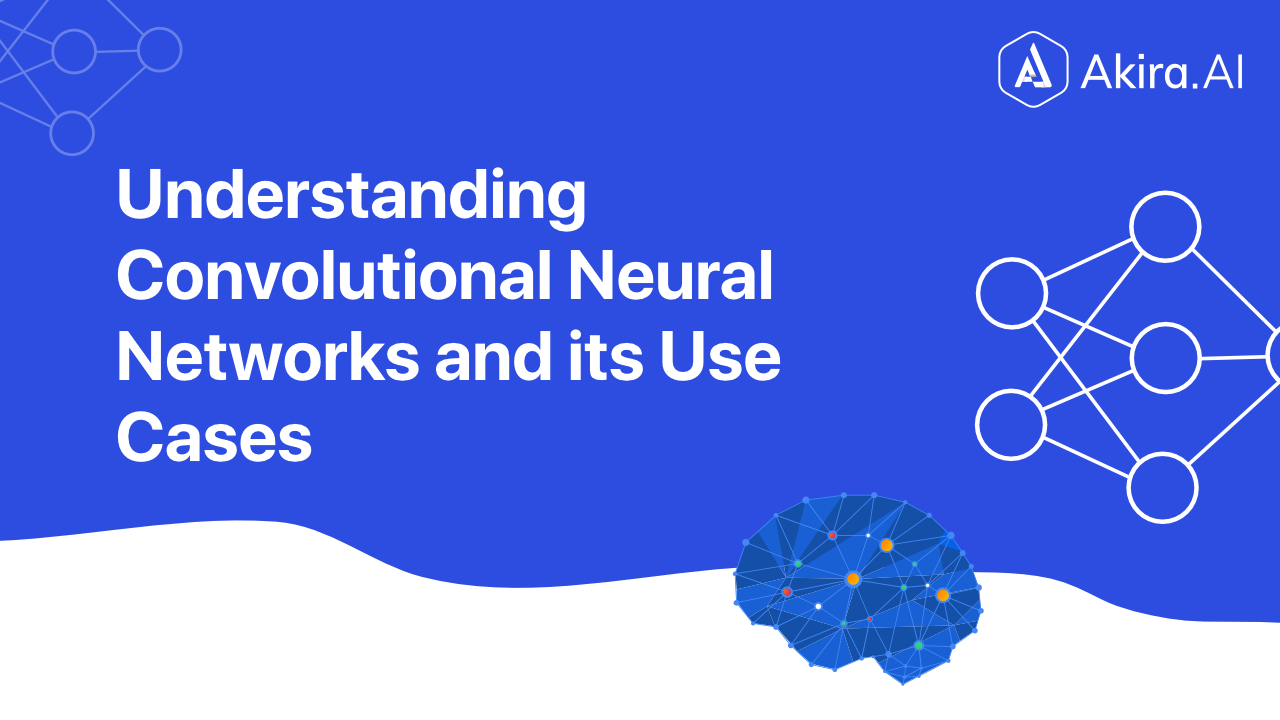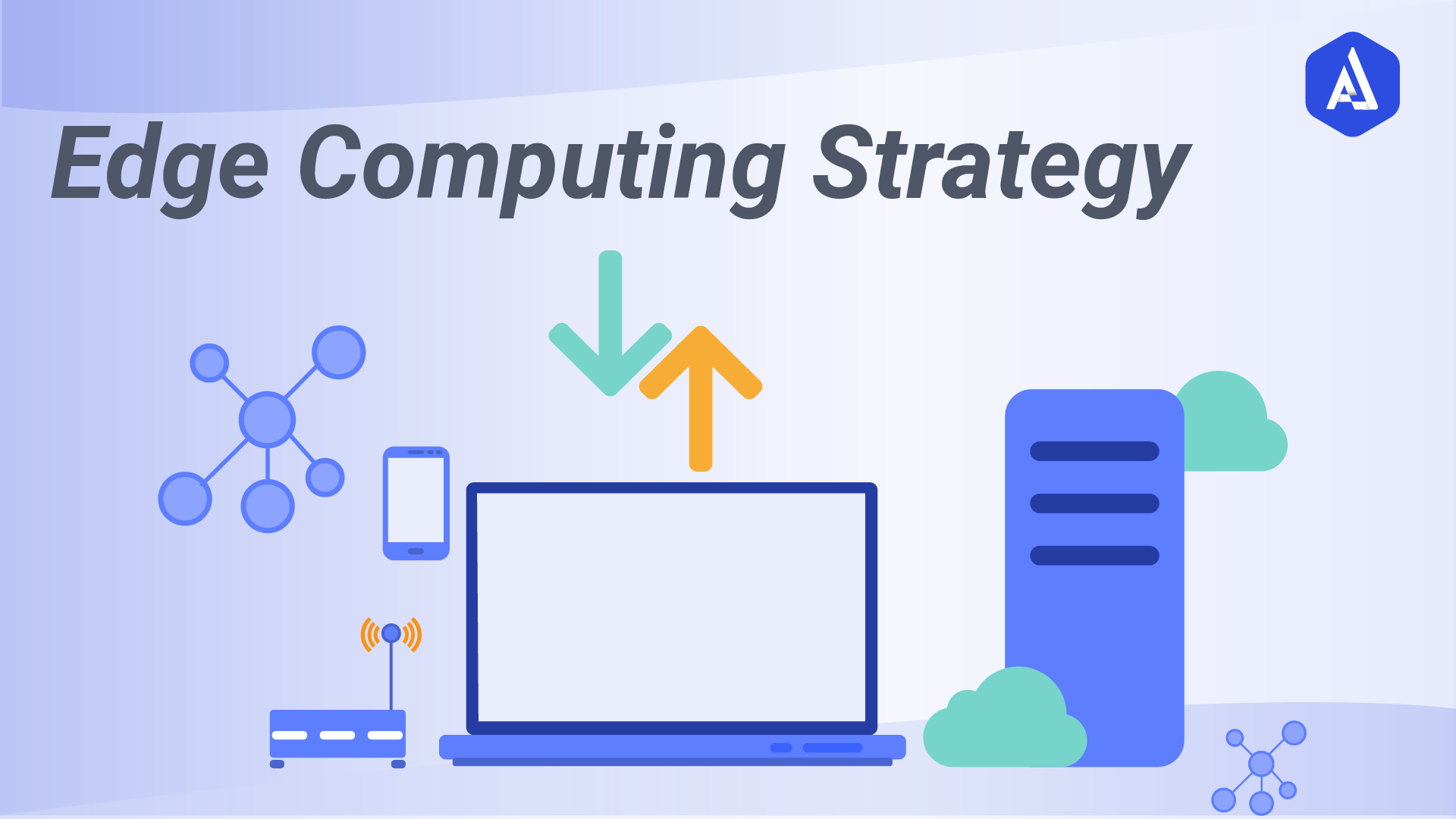Key Insights
Einstein SDR Agent autonomously engages with inbound leads, in natural language, to answer questions, handle objections, and book meetings for human sellers Einstein Sales Coach Agent autonomously engages in role-plays with sellers, simulating a buyer during discovery, pitch, or negotiation calls Accenture will leverage these agents to improve deal team effectiveness, scale to support more deals, and allow their people to focus their time and effort on the most complex deals

Introduction to Serverless and Edge Computing
Serverless Computing refers to a process where services are provided to the developers by vendors on a need-to-use basis. Developers rent a function on a server when it is in use. A developer doesn't need to be concerned with the infrastructure needed in a serverless computing environment. Serverless Computing provides auto-scaling features which are absent from traditional cloud computing.
Edge computing refers to performing computations at the point where data originates, i.e., at the network's edge. This proximity of computing ability to the source of data creates opportunities to deliver deeper insights, improved response times, and better experiences. With large numbers of IoT devices available today, Edge computing can help unlock the enormous potential hidden in the data generated by such devices.
Click here to Implement AI in Edge Computing for Automation in Industries
Why Serverless Computing is important?
Despite the name suggesting that such computing will not include the use of servers, serverless computation only eliminates the requirement of having a huge infrastructure for processing and deployment of codes. Such requirements are fulfilled by vendors who rent out servers to developers. The difference from traditional cloud computing is its ability to handle spikes in traffic for applications and eliminate the need for having server space reserved for such occurrences.
The major benefits of Serverless computing are :
- Lower Cost: Serverless computing is more cost-effective than traditional clouds as developers don't need to pay for computational power or space.
- Easy Scalability: Developers do not need to worry about scalability as the vendor takes care of it per the demands.
- Shorter time to market: Serverless computation can shorten the time to market for a product as the deployment of bug fixes and new features are easier.
- Backend Support: Serverless architecture can help with backend support by providing FaaS (Function as a Service).
The primary business problem that serverless is solving :
- Developers do not need to manage servers or actual infrastructure and can focus on their code.
- Due to lower costs, even small businesses can switch to clouds.
Why Edge Computing is important?
Edge computing is a distributed computing architecture that brings the computing ability as close to the users as possible where data is generated.
Some major advantages of Edge computing are:
- Reduces Latency: As there is almost no distance between the points where data is generated and processed, there is almost negligible latency for Edge.
- Reduces Bandwidth: By placing computing power at the point where data is generated, the edge allows devices to operate on smaller bandwidths more efficiently.
- Real-time Processing and Analysis: Due to extremely low latency, Edge devices are capable of delivering much-needed analytics in real-time.
- Reduces Congestion: Edge devices filter out what data it needs to send to the servers for further analysis, thus reducing data congestion over the internet.
The major problem that edge can solve :
- With Edge computing providing real-time analytics with fast response time, industries like construction, manufacturing, mining, oil, and gas are becoming safer.
- Edge enables legacy technology to have much-needed upgrades making it safer and easier to use.
Click to explore the Edge Computing Architecture
Serverless Computing vs. Edge Computing
|
Serverless Computing |
Edge Computing |
|
Serverless computing offers a pay-as-per-usage feature i.e., one only pays as per the functions that are used. |
Edge computing refers to executing functions at the edge of the network where data originates (or as close as possible). |
|
Serverless has a longer cold start as it stops dormant functions. |
Edge has a lower latency and faster response time. |
|
Serverless is more cost effective as almost no infrastructure cost is required. |
Edge computing depends on the device for its computational power and hence is not very cost effective. |
|
Serverless offers easy scalability and development support to shorten the time to market. |
There are almost no scalability provisions in Edge computing. |
|
It has the capability to do in-depth analysis and data-driven workload. |
Edge is limited to the computational power of the devices. |
|
Most of the web and mobile applications and services run on this. E.g. Payment Gateway, Photo processing on a site, Live streaming a game, etc. |
Most IoT devices and sensors have this architecture to ensure faster response time and quick decision making. E.g. Self-driving cars, Sensors on solar panels, motion detection cameras, etc |
Uses cases for Serverless and Edge computing
Serverless Computing use cases and examples:
- Mobile and Web Applications: Conventional applications use serverless computing due to cost-effectiveness and scalability.
- Live Video Broadcasting/ Streaming Services: Serverless computing is suited for handling image processing and data streams that use repeating functions.
- Chatbots: Serverless is ideal for task-based systems like chatbots and can reduce operating costs.
Edge computing use cases and examples:
- Manufacturing: Edge is deployed to monitor manufacturing equipment enabling real-time analytics and improving product quality (or identifying defective products).
- Self Driving Cars: With self-driving cars, it becomes imperative to make decisions based on real-time analytics for the safety of passengers and others.
- Healthcare Devices: Using IoTs and edge computing can reduce the time to respond to, identify and resolve a medical emergency a lot faster and might be able to save lives. One such example can be a diabetes monitoring device that pushes medicine automatically.
Explore here the Role of Edge AI in Automotive Industry
Challenges faced by serverless and edge computing
Just as with most technologies, Serverless, as well as Edge, also face challenges. Both these computing architectures open up possibilities for brand new dynamics in analytics and software development.
Challenges faced by serverless computing:
- Increase in Cold Start: It is the time taken for a serverless application's environment to get up and running when it is engaged for the first time. As serverless shuts down a function if it's dormant, the time for a cold start increases significantly.
- Difficulty in Debugging: Line-by-line debugging is limited in a serverless environment. It is challenging to track various functions and services running on different cloud platforms, thus making observability of code a big hurdle.
- Security Risks: As cloud providers enable us with an extensive collection of configurations, it is easy to have a misconfiguration and subsequent premature deployment. This may lead to data losses or data breaches.
- Insecure 3rd party access: Serverless usually performs FaaS (Functions as a Service), so often these services need to depend on third-party software packages, web services called through APIs, etc. This may have security implications as third-party dependencies may leave the network susceptible to cyber attacks.
Challenges faced by Edge Computing:
- Logistical Complexity: As Edge computing encourages a decentralized architecture, it becomes a complex task to create and maintain such an IT ecosystem in multiple geo-locations, especially when running many microservices for each container cluster.
- Limited capability and scaling: Most glaring problem with edge technology is the limited computing capability that serverless might provide. Its inability to scale its infrastructure means edge can not handle huge data-driven workloads.
- Bandwidth Bottleneck: With the advancement in IoTs and Edge devices, they are expected to produce a large amount of data that needs higher bandwidth (from endpoints to data centers). This may create a lack of bandwidth.
- Data Security: With edge computing, it has become challenging to maintain the same physical and cyber security layers offered by traditional cloud computing or serverless computing. With a decentralized structure with multiple devices, entry points, and frequent data movement, it is more susceptible to attacks.
Discover the Top 5 Edge Computing Platforms in 2022 and Beyond
Future Aim
As the drawbacks of Serverless are being addressed and solved, Serverless is gaining more and more popularity due to its ability to cut time to market and save money for developers. With platforms like AWS lambda, Cloudflare Workers, Azure Functions, Google Cloud, and many more making cloud solutions easier, cheaper, and more secure with Serverless architecture, this technology is adopted by enterprises and developers at a lightning-fast pace.
With the advent of 5G technology and an expected number of 27 billion edges enabled IoT devices by the end of 2030 alone. Edge computing is taking the future by lightning speed. Whether it is the need for low latency and short response time, or the need to make computing power portable enough to put it at the edge of the network where data is generated, with lowering costs of manufacturing and availability of better network and bandwidth, Edge is reaching far and wide.
Conclusion
Serverless and Edge computing are created for different purposes with different ideas. Serverless architecture is centralized to provide accessible, effective, and cost-efficient solutions such as FaaS (Function as a Service) for developers to run their codes without worrying about the heavy infrastructure needed. At the same time, Edge shines where it needs to compute and deliver analytics and data-driven solutions for a specific task as soon as possible without worrying about latency. It is essential to understand the needs and employ the necessary technology accordingly to enjoy the full extent of services and capabilities these technologies can bring.
- Discover more about Edge AI Industrial Use Cases 2022
- Click to know the Difference Between Cloud, Edge, and Fog Computing


